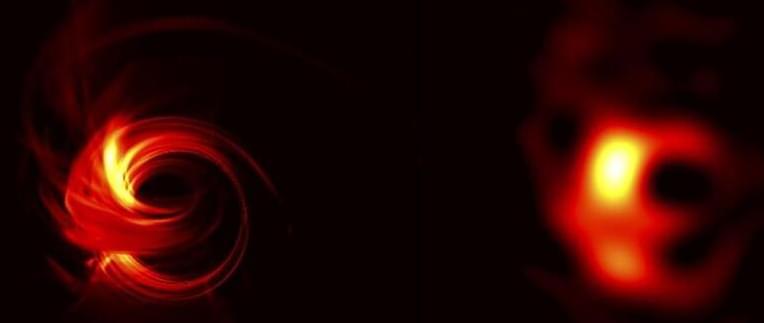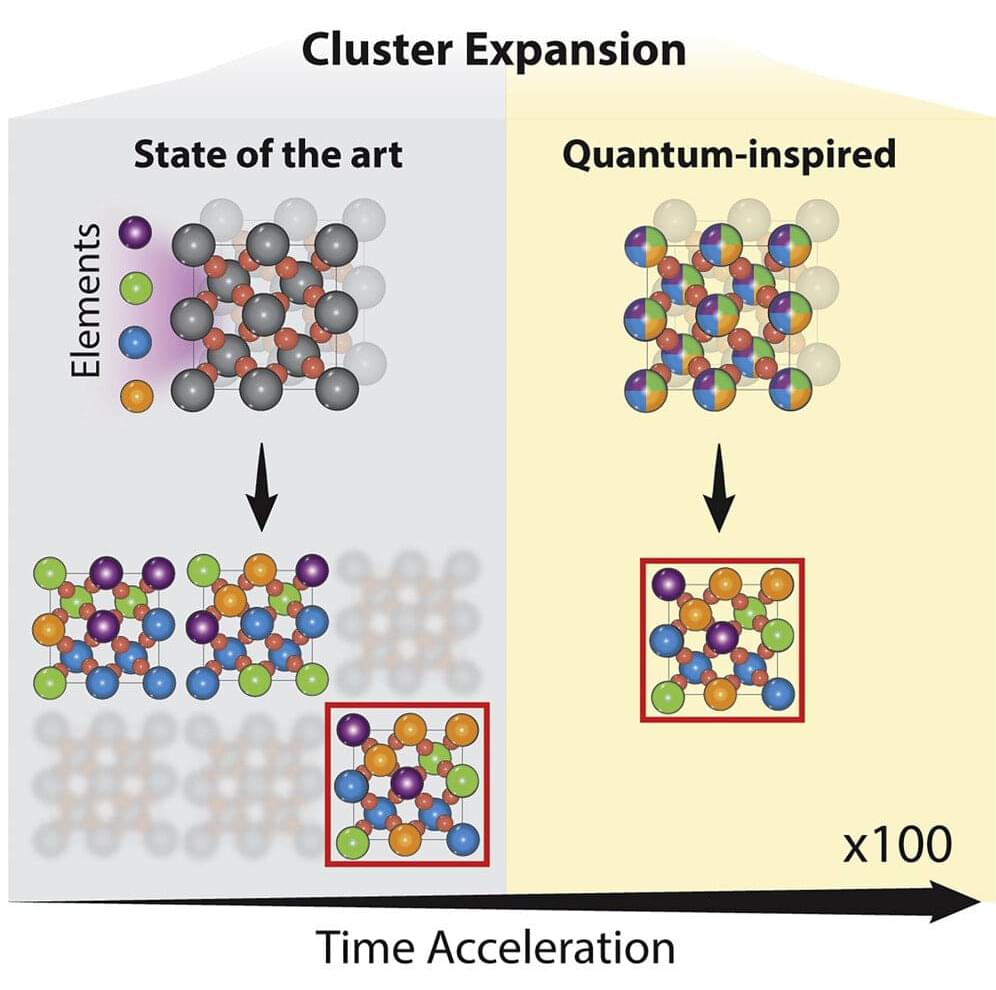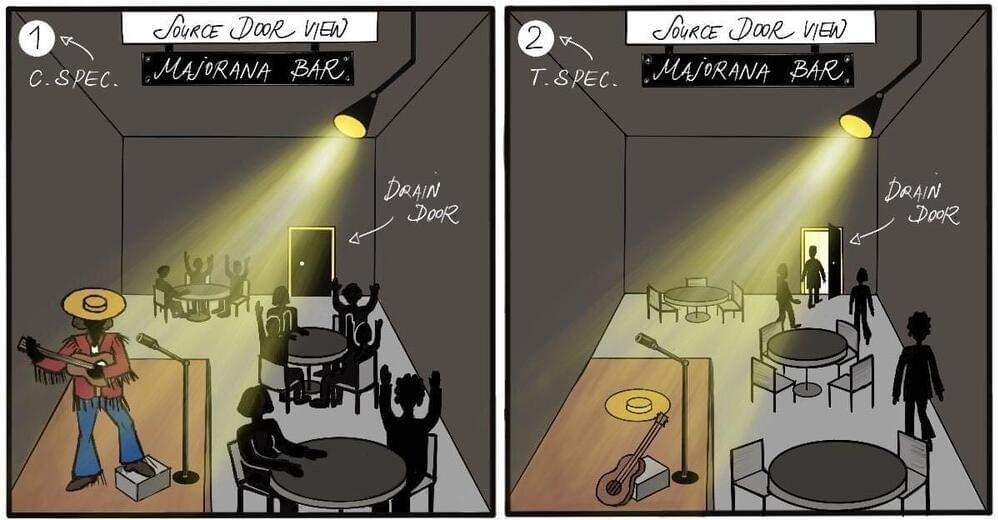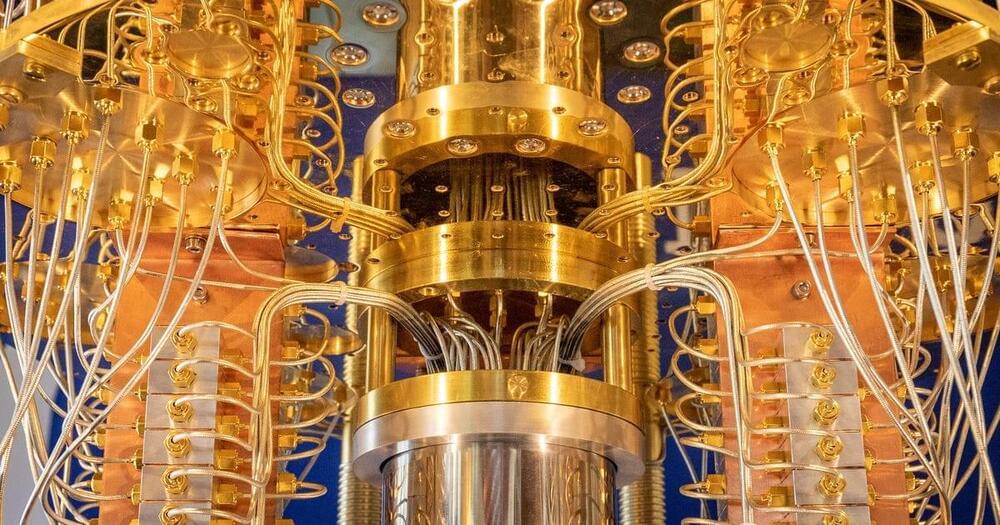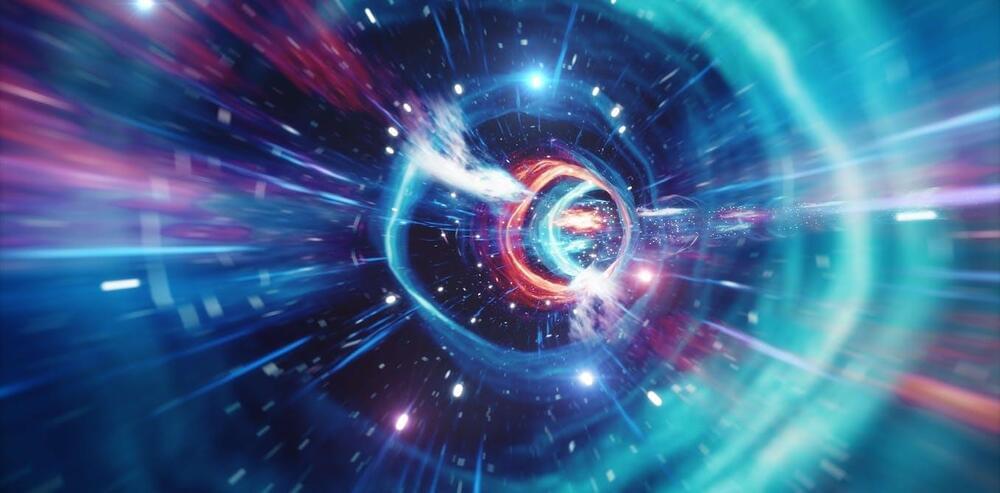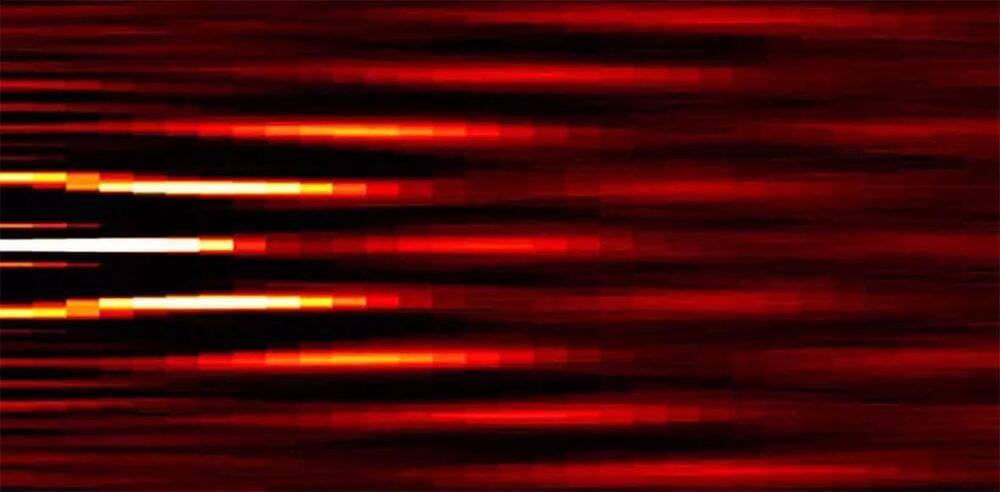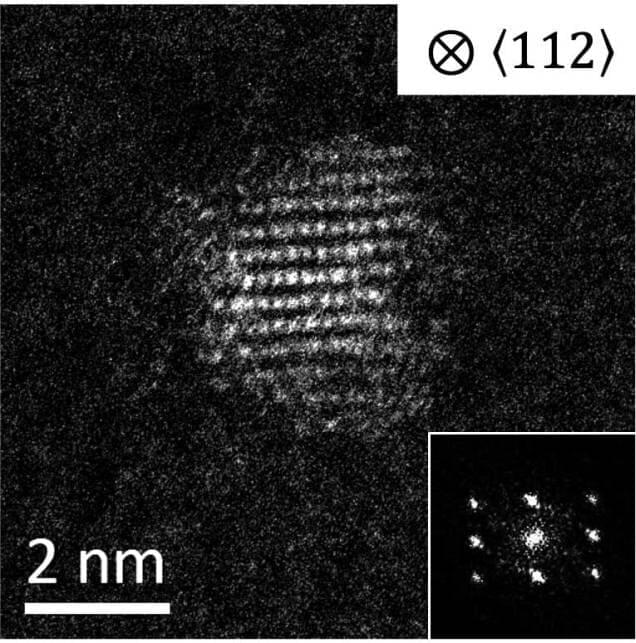Dec 17, 2022
Study observes Luttinger liquid behavior in a quasi-2D system
Posted by Saúl Morales Rodriguéz in categories: materials, quantum physics
Luttinger liquids are usually paramagnetic materials exhibiting non-Fermi liquid behavior, such as molybdenum oxides. These “liquids” and their fascinating properties had so far been only observed in 1D and quasi-1D compounds, such as blue bronze A0.3 MoO3 (A= K, Rb, Tl) and purple bronze Li0.9 Mo6O17.
Researchers at Tsinghua University, ShanghaiTech University, and other institutes in China recently observed prototypical Luttinger liquid behavior in η-Mo4O11,a charge-density wave material with a quasi-2D crystal structure. Their findings, published in Nature Physics, could pave the way for the exploration of non-Fermi liquid behavior in other 2D and 3D quantum materials.
“In our previous work, we identified the Luttinger liquid phase in the normal state of blue bronzes, which is not surprising due to its quasi-1D nature,” Lexian Yang and Yulin Chen, two of the researchers who carried out the study, told Phys.org.


